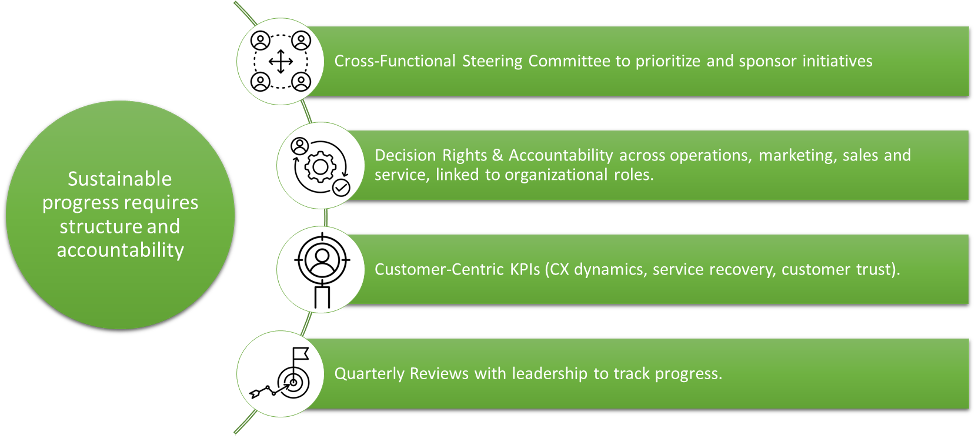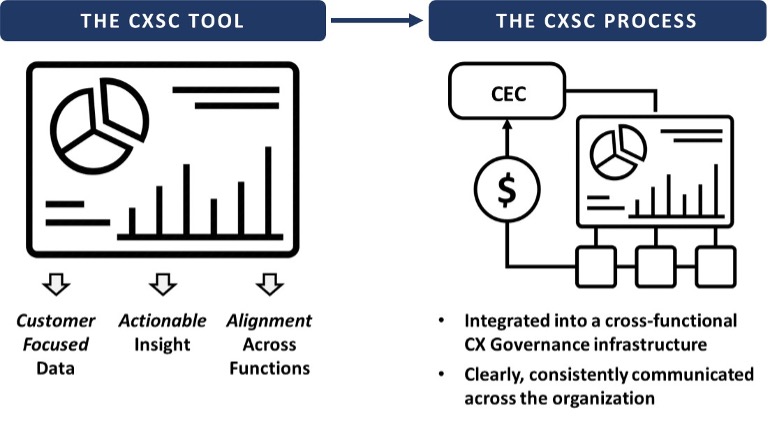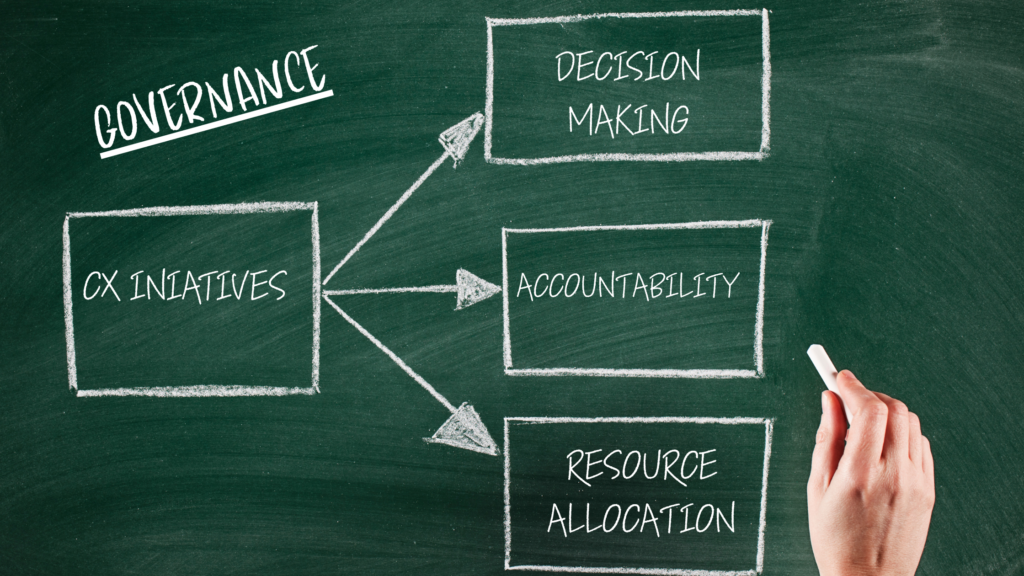Customer experience (CX) is a priority across industries—from financial services and manufacturing to healthcare and retail. But while many organizations are investing in CX, few are achieving the consistent, measurable outcomes they expect. According to a Medallia–Gartner study, two-thirds of marketing leaders currently compete mostly or completely on the basis of customer experience, and 81% anticipate doing so in two years’ time. Yet Forrester’s CX Index recently revealed that only 6% of brands deliver experiences rated as excellent.
Why does this gap exist? One reason: a lack of governance.
Governance: The Bridge Between Vision and Results
The Customer Experience Professionals Association (CXPA) defines CX governance as the framework for decision-making, accountability, and resource allocation that aligns CX efforts with business strategy. In practice, governance is what transforms good intentions into sustained impact. Without it, CX efforts fragment—teams chase different goals with inconsistent metrics and timelines. The outcome? A disjointed experience for customers and stalled progress toward long-term business goals.
Strong CX governance brings structure, alignment, and accountability. It ensures that customer feedback is translated into coordinated action across the organization.
In recent industry research, one company showed strong CX outcomes in pre-sale interactions—but post-sale, customer loyalty dropped significantly, especially in service and support. Teams were aware of the pain points, but the lack of cross-functional alignment meant recurring issues weren’t resolved systemically. A governance framework would have ensured that these insights were prioritized, escalated, and owned by the right stakeholders.
The key components of a strong governance model are shown below:

Building a Framework for Customer Centricity
To turn CX ambition into execution, organizations need more than a vision statement or one-off initiatives. They need a framework that supports disciplined, cross-functional delivery. This often includes:
- A cross-functional steering committee to evaluate and champion initiatives that resolve high-impact CX issues.
- Defined decision rights and ownership so every insight has someone accountable across functions—from engineering and support to operations.
- Customer-centered KPIs—such as first-time fix rate, trust, or time-to-resolution—and metrics that reflect what customers care about most.
- Quarterly reviews with leadership and partners to assess progress, refine focus, and respond to changing customer needs.
- A performance-driven culture, grounded in structure, not just storytelling.
In one organization, financial analysis revealed a direct link between CX gaps and repurchase behavior, with notable revenue at risk due to weak follow-through post-sale. When governance was introduced, those insights evolved from anecdotal concerns into a business case for systemic change.
The Human Side of Governance
Governance isn’t just about process—it’s about people. Success relies on having the right champions: senior sponsors who keep CX on the executive agenda, cross-functional teams that drive momentum, and frontline leaders who embed customer-centric habits in daily work.
It also requires consistency in how feedback is collected and interpreted. For example, one regional team relied heavily on event-driven sampling, which initially skewed results toward a more favorable customer view. Governance helped normalize the data across markets—putting it in proper context and ensuring smarter decision-making.
Strong governance also builds resilience. When priorities shift or budgets tighten, it keeps CX from falling off the radar. It helps teams stay agile, respond to emerging risks, and double down on what matters most.
This isn’t just about fixing problems, it’s about strengthening the organization’s ability to improve, innovate, and lead.

The Takeaway
CX governance is the connective tissue linking customer insight to business execution. It ensures that organizations not only listen to customers—but act, with purpose and consistency.
Done right, governance brings clarity, alignment, and accountability. It transforms customer experience from a goal into a system of performance.
So the question becomes: Do you have the right governance in place to turn insight into impact and make your CX efforts last?
